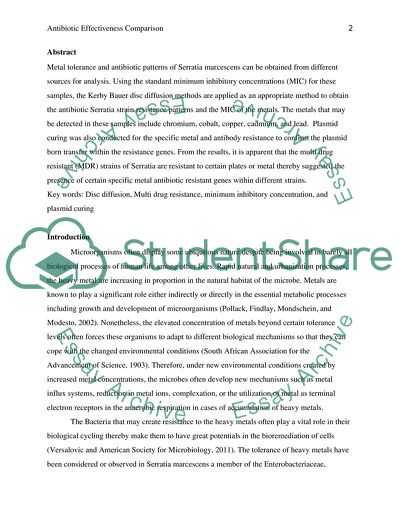Cite this document
(Antibiotic Effectiveness Comparison Research Paper, n.d.)
Antibiotic Effectiveness Comparison Research Paper. Retrieved from https://studentshare.org/health-sciences-medicine/1796180-antibiotic-effectiveness-comparison-to-compare-the-effects-of-streptomycin-and-ampicillin-on-serratia-marcescens-using-disc-diffusion
Antibiotic Effectiveness Comparison Research Paper. Retrieved from https://studentshare.org/health-sciences-medicine/1796180-antibiotic-effectiveness-comparison-to-compare-the-effects-of-streptomycin-and-ampicillin-on-serratia-marcescens-using-disc-diffusion
(Antibiotic Effectiveness Comparison Research Paper)
Antibiotic Effectiveness Comparison Research Paper. https://studentshare.org/health-sciences-medicine/1796180-antibiotic-effectiveness-comparison-to-compare-the-effects-of-streptomycin-and-ampicillin-on-serratia-marcescens-using-disc-diffusion.
Antibiotic Effectiveness Comparison Research Paper. https://studentshare.org/health-sciences-medicine/1796180-antibiotic-effectiveness-comparison-to-compare-the-effects-of-streptomycin-and-ampicillin-on-serratia-marcescens-using-disc-diffusion.
“Antibiotic Effectiveness Comparison Research Paper”, n.d. https://studentshare.org/health-sciences-medicine/1796180-antibiotic-effectiveness-comparison-to-compare-the-effects-of-streptomycin-and-ampicillin-on-serratia-marcescens-using-disc-diffusion.


